Volvo: Robust Grocery Getter or Overlooked Racecar?
Posted by Max Rundlett on 10th Jul 2020
TL;DR - Yes.
Back in 1927, the first Volvo rolled off the factory floors. The Volvo ÖV 4 was Volvo's first and it was a fine example of one of their family cars. Fast forward to today, and that's what most people think of when the Swedish car company's name graces their ears. But is there something more?
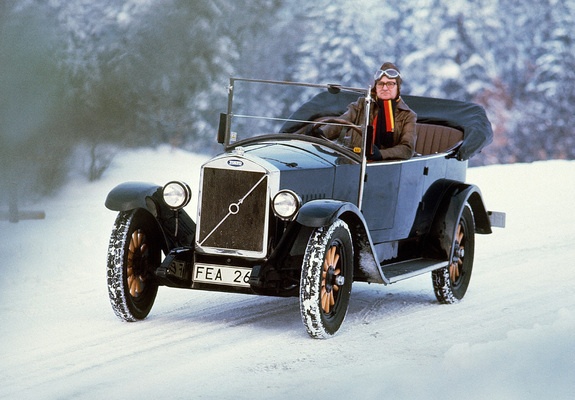
For years, car enthusiasts have modified street cars to perform at various different levels of motorsport. Whether it be for personal driving pleasure to stripped down, caged race cars, gear heads are always looking to make their car an extension of themselves.
If you're reading this blog, you're likely aware of the stigma around Volvos in the car community. Commonly referred to as bricks, they haven't always been known for their cornering abilities or quarter mile times. 70 years ago, some crazy swede's decided their Volvo had seen enough pavement and decided to use them as rally weapons. Utilizing their robust drivetrains and well-balanced chassis', Volvo owners did well in these indy races.
The most notable of them all was the late Gunnar Andersson. Andersson's first Volvo was a PV 444 from, chosen for it's durability and reliability. This was the car he used for numerous rallies and ice races. Equipped with an American-spec 85bhp B18 motor, Andersson's PV 444 was underpowered compared to the his competition. Nevertheless, his unmatched skill led to a European Rally Championship victory in 1958.
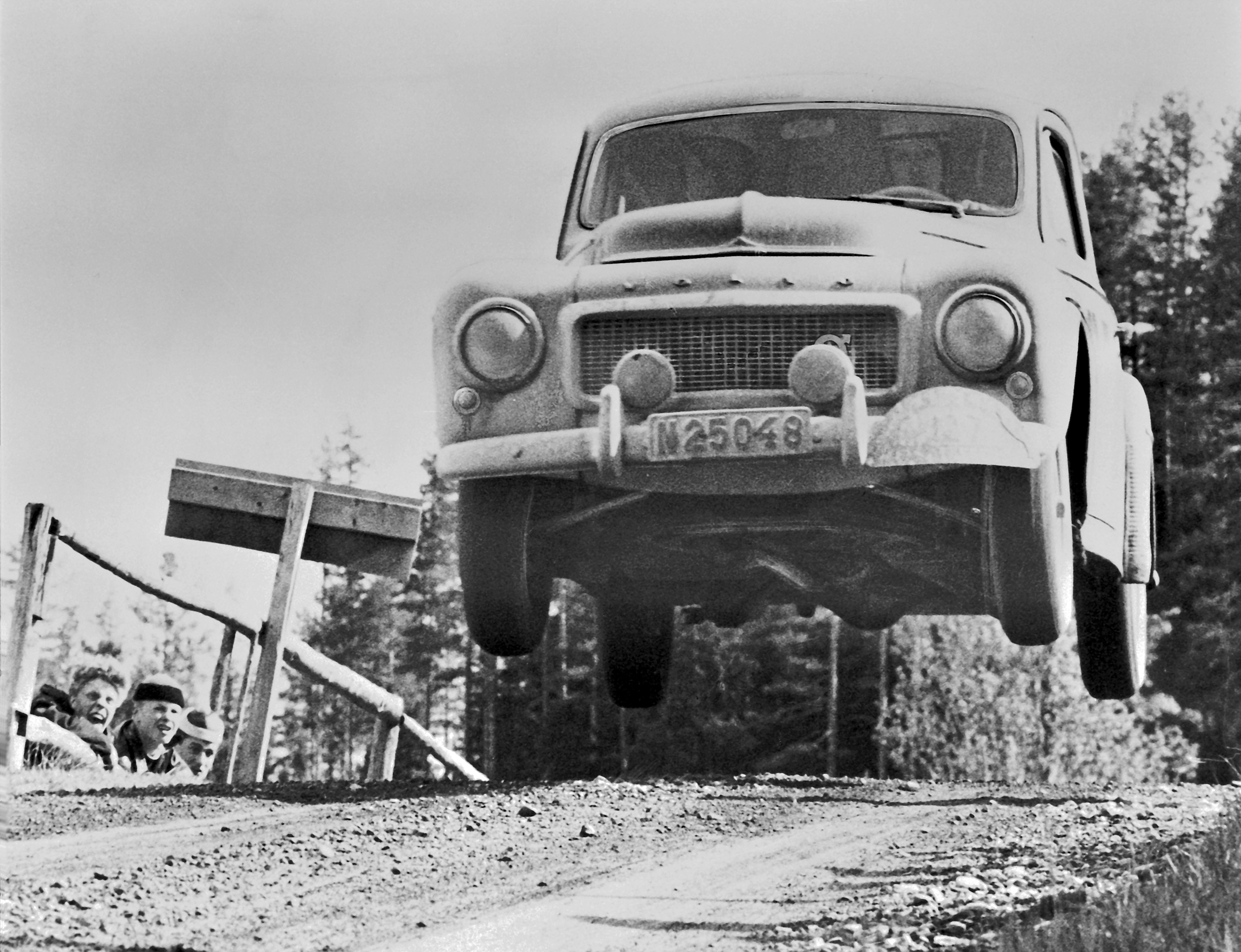
Personnel at Volvo took notice and soon after, Andersson was a marketing-figurehead. Gunnar Andersson was a huge success for Volvo in motorsports, and went on to mentor Volvo's younger drivers in 1962 after he was asked to move on to Competition Department Manager. That same year, Volvo took six of the top eight places in the Gran Premio held in Argentina.
In the 70's, Volvo released arguably their most recognizable car to date, the Volvo 240. The 240 was wildly popular in amateur rally racing, following in the footsteps of it's predecessors.
In 1984, Volvo began racing the 240 in Group A after building 500 "Evolution" models to be sold to consumers. The turbocharged redblock was no slouch either. From Volvo Cars Global Newsroom, "The racing version of the Volvo 240 Turbo had aluminium cylinder heads and forged pistons, connecting rods and crankshafts. The injection used a custom-built Bosch K-jetronic system and the Garrett turbo charged up to 1.5 bar. The result was that the 2.1 litre engine was generating around 300 hp and gave the car a top speed of 260 km/h."
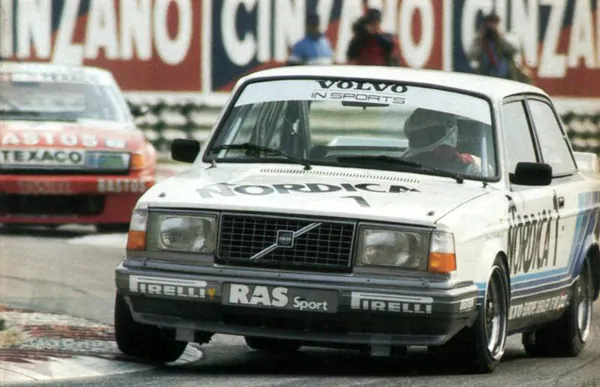
The Flying Bricks had two wins in '84, and numerous more in '85 such as the ETC series after bringing home six victories out of fourteen total races. These wins were made possible not only by the modified engine, but also the chassis. Wherever Volvo could save weight, whether it be thinner metal or less material, weight was cut drastically over production models.
In the 90's, Volvo introduced a new player to the game. The 850 wagon used in the British Touring Car Championship is it's most iconic racecar of all time. Yes, you read right. A wagon. Volvo and TWR, the technical masterminds behind the racecar, kept this fun-fact a secret until their first race.
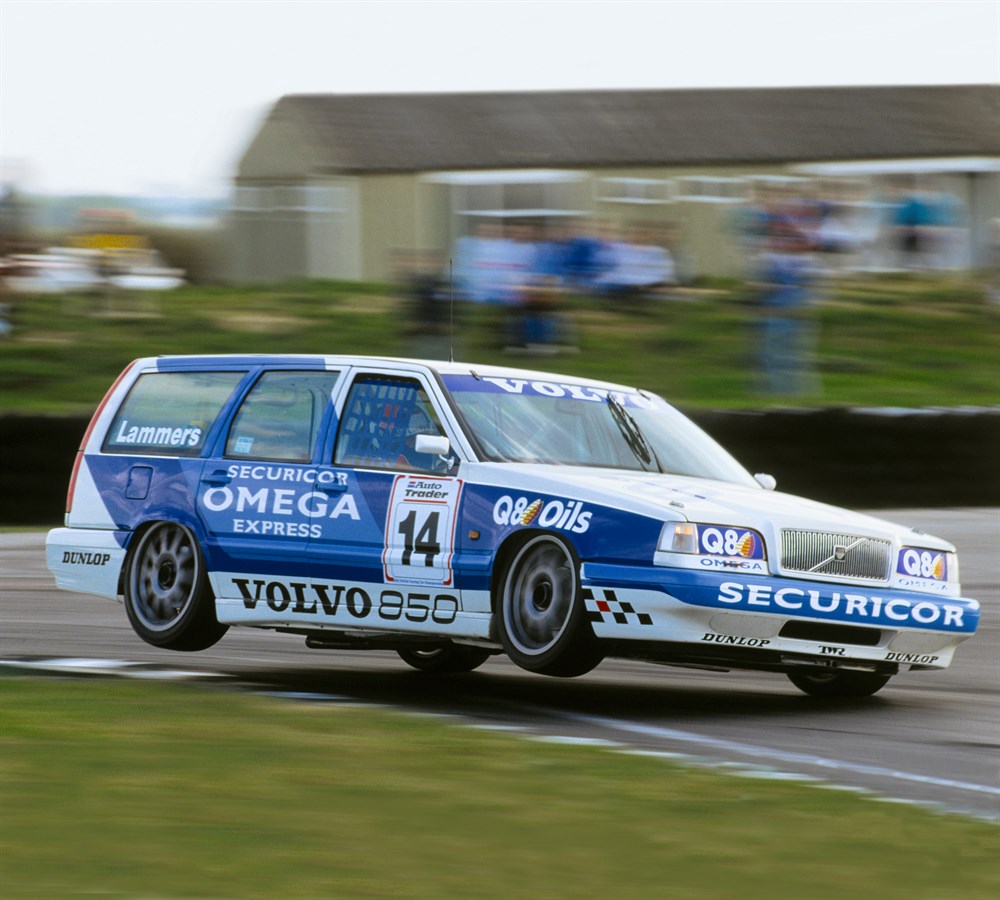
The wagon sported a two-liter motor making nearly three hundred naturally aspirated ponies. The five-speed M56 was ditched in favor of a six-speed sequential gearbox. While the wagon held more weight in the rear than the sedans, the wagons were more aerodynamic. Regardless, the wagons were chosen in favor of their publicity potential. During their short appearance in racing, the wagons never performed spectacularly on the track, placing fifth in their best race. But, the wagons gained huge amounts of press compared to their competitors, a huge victory for Volvo's marketing department.
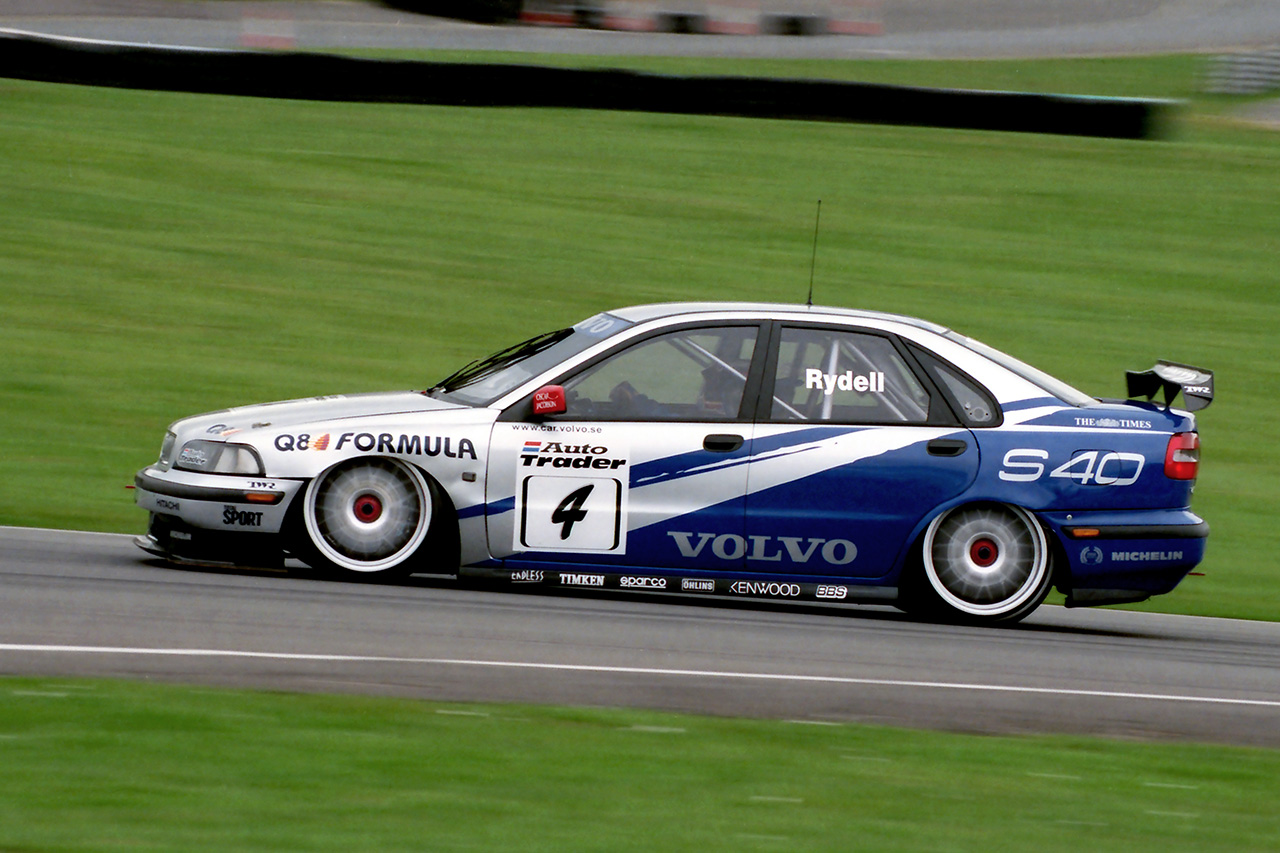
Volvo's next face of racing was driven by Rickard Rydell, one of the drivers of the 850 wagons. The modified S40 was a smaller, lighter chassis more at home on a track due to it's agility. In '97, Rydell placed fourth in the BTCC. The following year, he claimed a BTCC victory with five victories and twelve podium finishes.
In 2009, independent team K-Pax Racing went from racing Porsches to.... Volvos? Some may question this decision considering Porsche's racing history. But Volvo owners understand the stout Volvo chassis makes for the perfect racecar platform - an idea shared by K-Pax founder Jim Haughey. K-Pax driver Randy Probst took the World Challenge Series by storm, winning the series in 2010 behind the wheel of a turbocharged K-Pax S60.
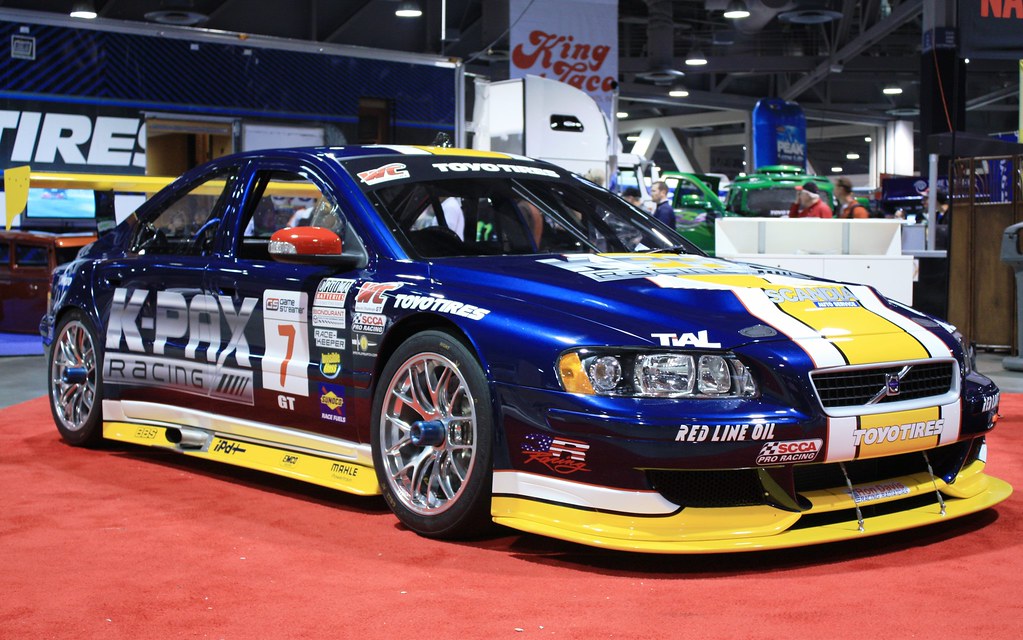
K-Pax introduced two modified C30s to the lineup in 2011. Driven by Aaron Povoledo and Robb Holland, the C30s appeared in five victories and eight podium finishes.
More recently, Polestar Cyan Racing has been utilizing Lynk & Co platforms after Geely's acquisition of Volvo Cars in 2010. However, from 2014 to 2016, Cyan Racing utilized a P3 Volvo S60 platform, stuffing a V8 under the hood. They've also employed a fully-custom C30 in the past.
If you saw anything in this article that you are interested in, please don't hesitate to email us. We have contacts all over the world who can help you create your very own Volvo racecar!



